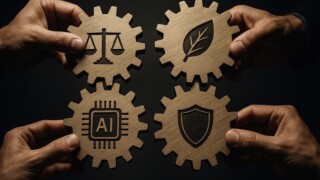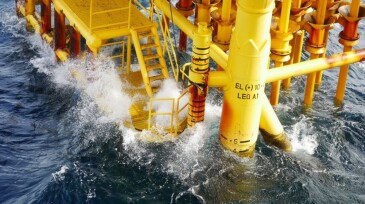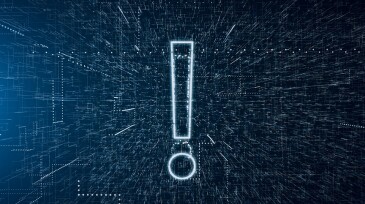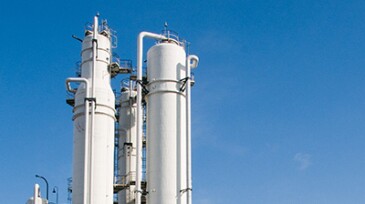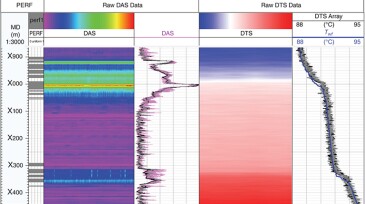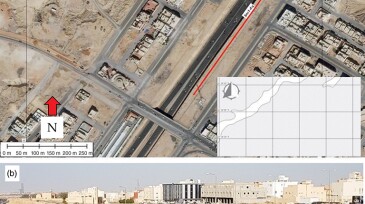AI/machine learning
Aurora Innovation and Detmar Logistics have inked a deal for 30 autonomous trucks that will begin hauling sand in the region next year.
Sustainability in reservoir management emerges not from standalone initiatives but from integrated, data-driven workflows, where shared models, closed-loop processes, and AI-enabled insights reduce fragmentation and make sustainable performance a natural outcome.
Sponsored
In oil and gas operations, every decision counts. For more than 2 decades, SiteCom has been the trusted digital backbone for well operations worldwide, driving insight, collaboration, and efficiency.
-
The collaboration is planned to explore artificial intelligence in an effort to get more value from oil and gas operations and create a sustainable and carbon-efficient future for the energy industry.
-
Accenture research suggests that only 12% of companies have advanced their AI maturity enough to achieve superior growth and business transformation. These companies are "AI Achievers" and, on average, attribute 30% of their total revenue to AI.
-
Their model’s predictions should help researchers improve ocean climate simulations and hone the design of offshore structures.
-
The paper describes the experience of using a machine-learning model prepared by the ensemble method to prevent stuck-pipe events during well construction in extended-reach wells.
-
This paper presents the development and test of a method to predict upstream events that could lead to flaring, applying an integrated framework using machine-learning and big-data analytics.
-
A field test conducted by Yokogawa Electric and JSR resulted in a chemical plant being run autonomously for the first time by artificial intelligence for 35 days.
-
C3 AI reported that the oil major has hit the milestone of 10,000 pieces of equipment being monitored by its predictive-maintenance artificial intelligence.
-
This paper describes a novel machine-learning approach for processing distributed fiber-optic sensing data that enables dynamic flow-profile monitoring using a fiber-optic electric-line cable deployed in a gas condensate well.
-
The authors describe an integrated multiscale data methodology involving machine-leaning tools applied to the Late Jurassic Upper Jubaila formation outcrop data.
-
In this work, a methodology to detect interference from long-term pressure and flow-rate data is developed using multiresolution analysis in combination with machine-learning algorithms.


